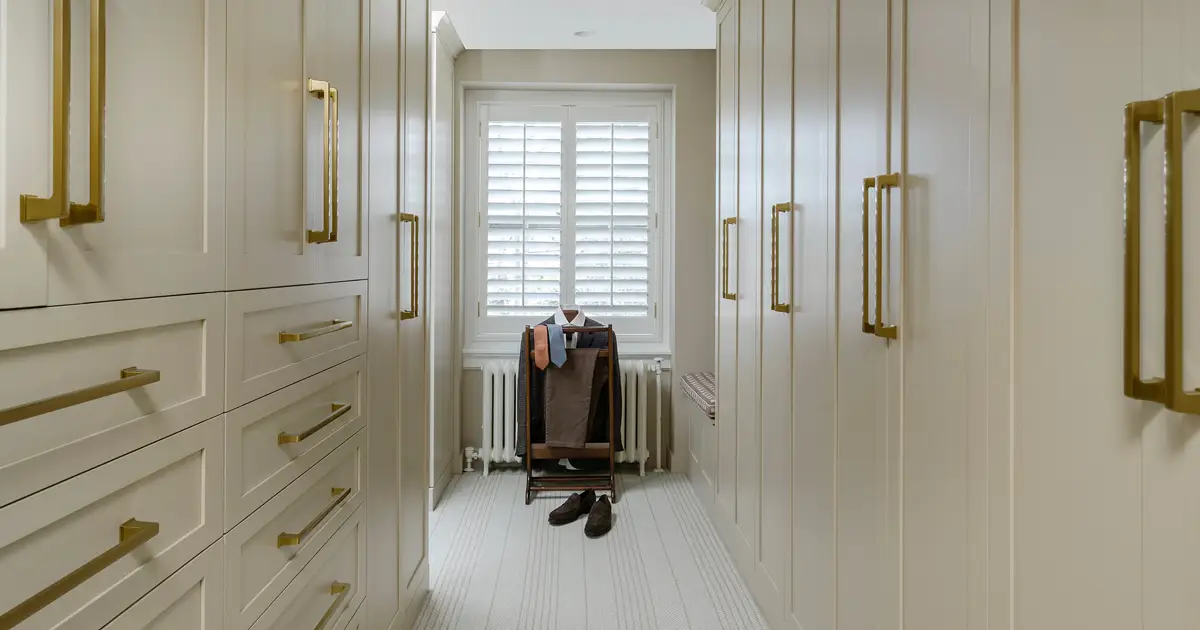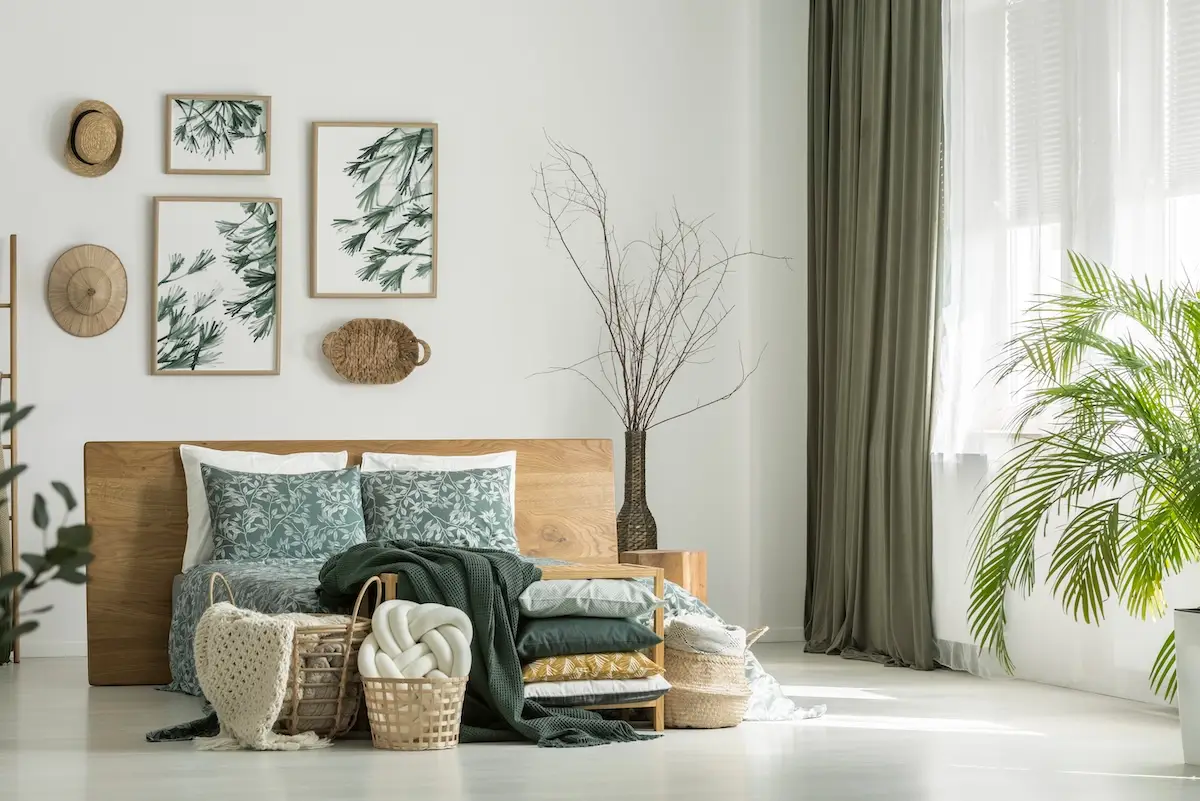Philadelphia, the birthplace of American democracy, is a city forged in timeless beauty and rich architectural history. From its elegant Victorian homes to its extravagant Art Deco skyscrapers, each neighborhood tells a story. Preserving these gems is more than renovating buildings–it’s about preserving Philly’s identity. Therefore, homeowners must embrace sustainable design solutions for Philadelphia homes to preserve these landmarks.
Balancing Preservation and Sustainability
Each of Philly’s historic properties is a testament to its crucial role in American history. Balancing preservation with sustainability requires deliberate planning to safeguard Philadelphia’s heritage. Working with expert professionals will ensure all renovations meet zoning, planning, and development guidelines.
If your property is featured on the Philadelphia Register of Historic Places, your project must be approved by the Philadelphia Historical Commission. This process, also known as a project or design review, is intended to protect a property’s public appearance, which includes facades, fences, light fixtures, and other exterior elements.
Creating sustainable design solutions for Philadelphia homes can feel overwhelming without sufficient funding, but the Department of Environmental Protection offers financial incentives for energy-efficient projects. These include federal rebates for ENERGY STAR products, tax exemptions, and tax credits for renewable energy investments.
Energy Efficiency
Installing modern technology into vintage homes can pose a challenge, but many energy-efficient alternatives are available to help improve thermal performance without jeopardizing structural integrity. For example, modern solutions like geothermal heat pumps and energy-efficient HVAC systems prioritize sustainability and comfort. If you’re seeking easy ways to keep your home cozy year-round, consider installing energy-efficient light bulbs or weather strips.
Natural insulation materials like sheep’s wool or cellulose provide warmth during Philly’s colder months. Similarly, storm windows with energy-efficient glazes and low-emissivity coatings can regulate heat transfer. Remember to choose glazes that mimic the aesthetics of historic glass to preserve the home’s historic charm.
Windows serve as a bridge between past and present beauty. Rather than installing heavy drapes to obscure outdoor scenery, opt for solar films to welcome natural warmth indoors without fading artwork, materials, and fabrics.
Sustainable Materials and Methods
When planning renovations, use materials that match your home’s design. Avoid materials like cement, vinyl paint, and vapor insulation barriers, as these can result in mold growth and structural damage. Instead, focus on preserving original characteristics like deep moldings, fireplace mantels, plasterwork, exposed beams, and color palettes.
Your home’s authentic craftsmanship can influence your sustainable solutions. For example, wooden ceiling beams can pair well with wooden cabinetry in bathrooms or kitchens. Take advantage of reclaimed wood for floors or recycled brick for repairs to ensure your renovations stay true to your home’s original design. Also consider opening up ceilings to expose ductwork and brick for a spacious yet cozy finish.
Furthermore, when updating appliances, install low-flow fixtures that mimic vintage aesthetics, conserve water, and reduce dependence on extensive freshwater systems. When revitalizing faded walls and finishes, look for non-toxic low-VOC or zero-VOC paints; these finishes can preserve your home’s original palette and improve indoor air quality.
Smart Home Technology
Many historic homes have thick walls and floors that can make integrating technology difficult. However, the unique features of vintage homes, such as underutilized nooks and crannies, offer creative ways to conceal wires, panels, and lighting systems. Smart thermostats and control panels can be discreetly installed inside alcoves or conduits. Likewise, lighting systems and routers can be hidden inside cabinets to pay homage to your home’s authentic style.
Another sustainable design solution for Philadelphia homes is generating renewable energy with solar panels. You can seamlessly install panels on flat roofs to keep them hidden from street views. This approach may require roof adjustments to prevent leaks and sun damage. These innovative solutions allow you to uphold historical integrity while benefiting from sustainable living.
Ready to preserve your home’s charm while embracing sustainable living? Contact us today to help protect Philly’s historic properties.




